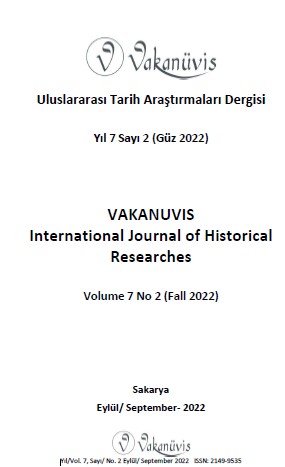Traditional Sports and Games among Central Asia’s Turkic Muslim Peoples, 1400 to 1850 AD: Training, Hunting, and Festivals
Traditional Sports and Games among Central Asia’s Turkic Muslim Peoples, 1400 to 1850 AD: Training, Hunting, and Festivals
Author(s): Sevket Hylton AkyildizSubject(s): Cultural history, Customs / Folklore, Modern Age, 15th Century, Sports Studies
Published by: Serkan YAZICI
Keywords: Central Asia; folk; games; traditional sport; Turkic culture;
Summary/Abstract: Traditional sports and recreation in Central Asia are deep-rooted and ancient. The Central Asian Turkic people participated in physical culture for different reasons; horse races, wrestling, archery, and hunting had combat training elements—while fairs, circuses, and home entertainments allowed people to be distracted from everyday issues. Sports and leisure events helped social interaction and family bonding during seasonal festivals and Islamic holidays. Indeed, the following study shows that particular sports were permissible in the Islamic tradition. This descriptive essay contains three parts: (i) concepts and definitions; (ii) traditional and folk sports, hunting, and recreational pastimes; and (iii) traditional sites of sports places among the nomad and oasis societies. The focus is the majority-Muslim Turkic and Iranian-Persian peoples of the lands and societies that modern-day scholars label as ‘Central Asia’. The historical sweep from 1400 to 1850AD covers the era when Muslim dynasties, tribal leaders, and communities had long-established regional control, influencing cultural construction (despite an increasing Russian presence since 1731AD on the Kazakh and Kyrgyz steppe lands). The paper will outline more than twenty-five different historic sports and leisure pastimes among Turkic and Persian Central Asians.
Journal: Vakanüvis- Uluslararası Tarih Araştırmaları Dergisi
- Issue Year: 7/2022
- Issue No: 2
- Page Range: 571-601
- Page Count: 31
- Language: English

